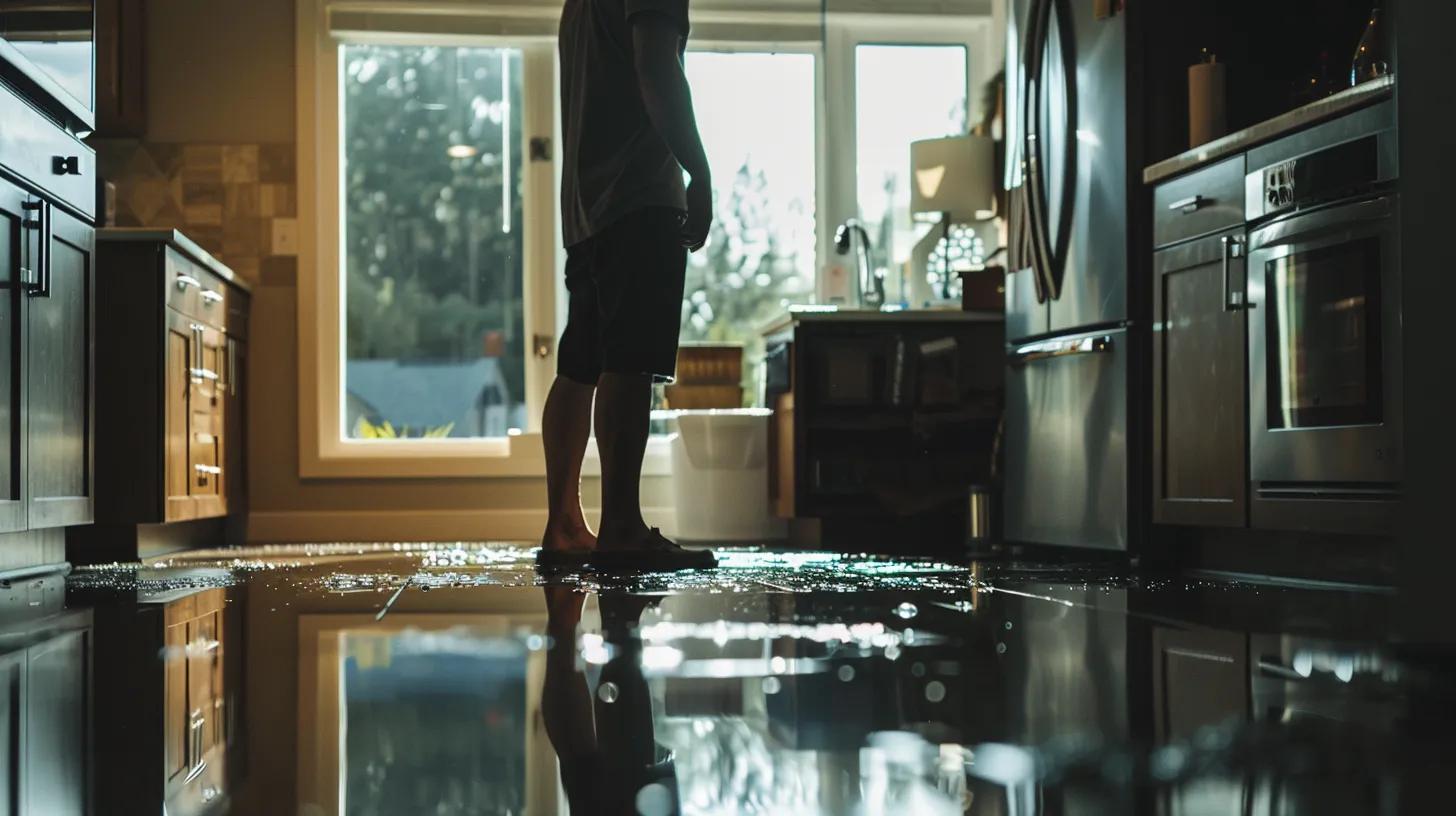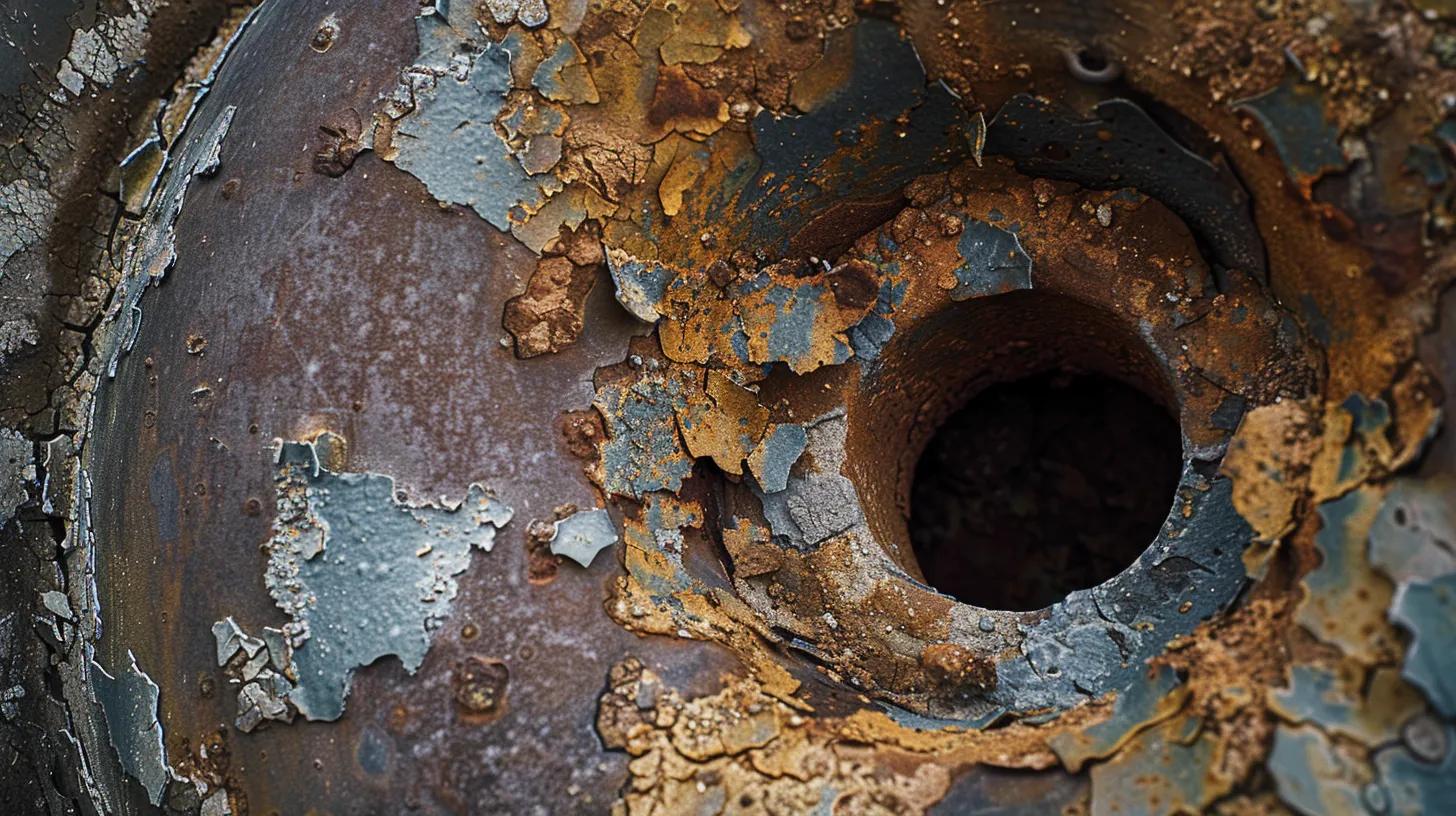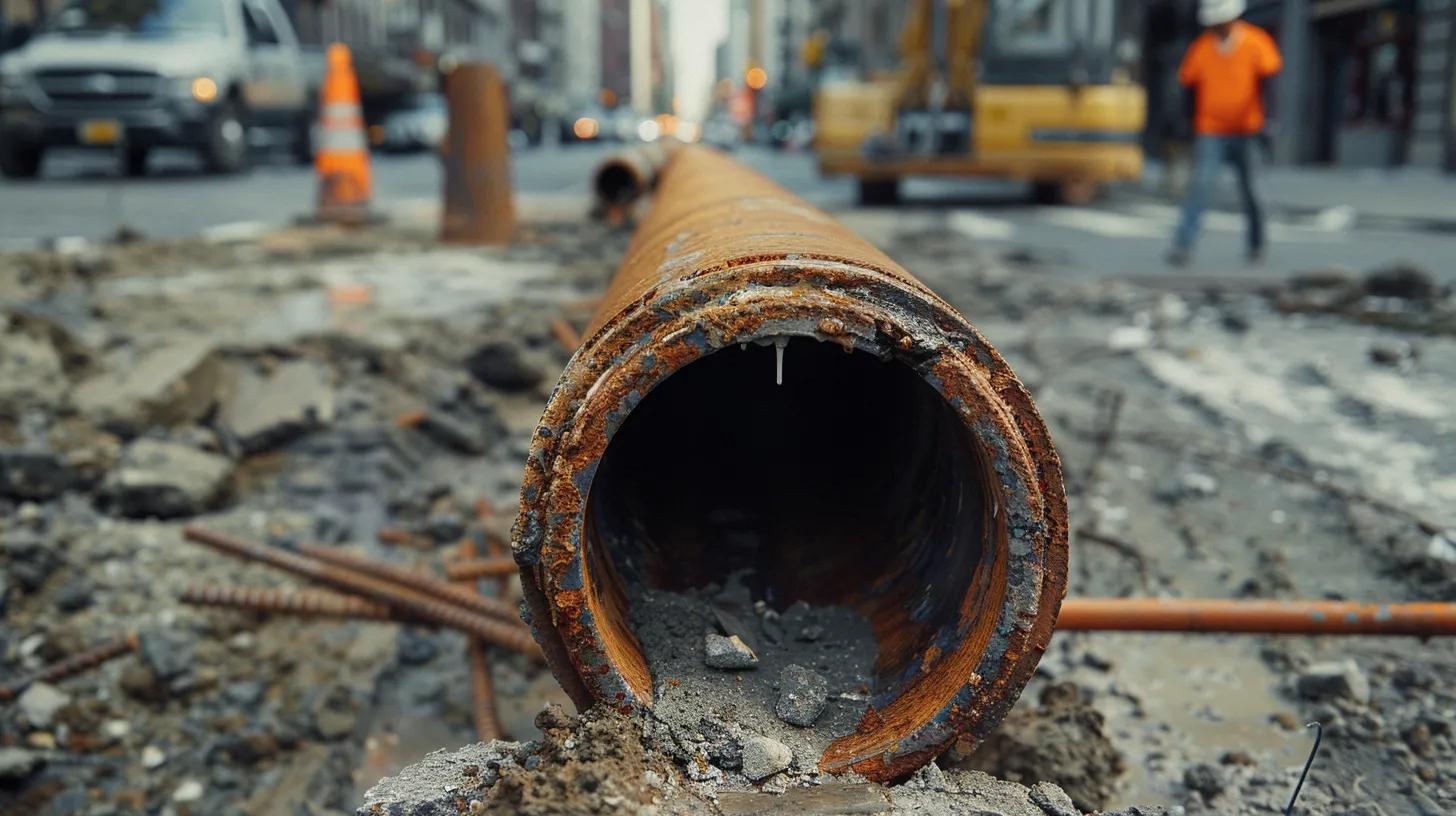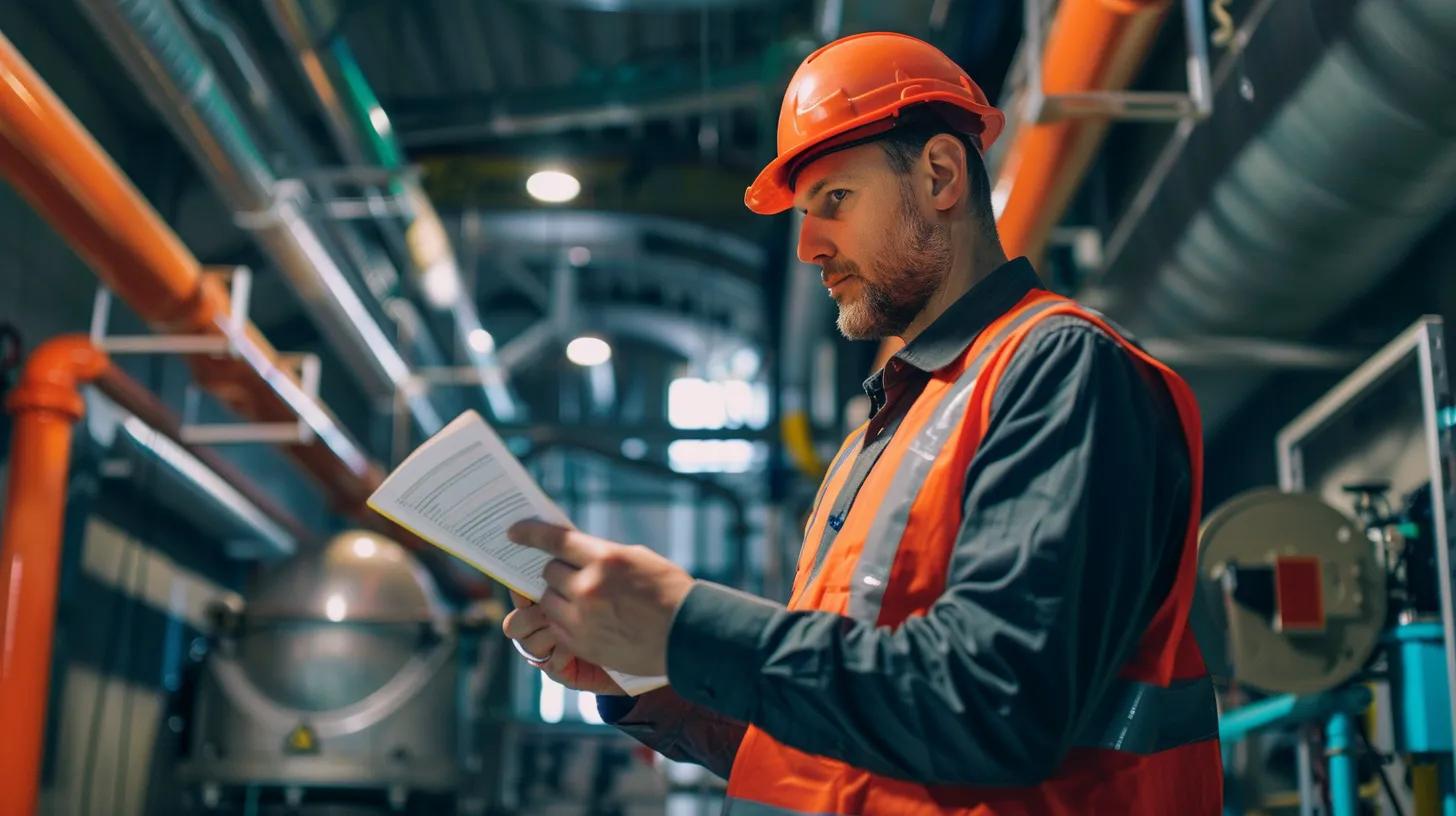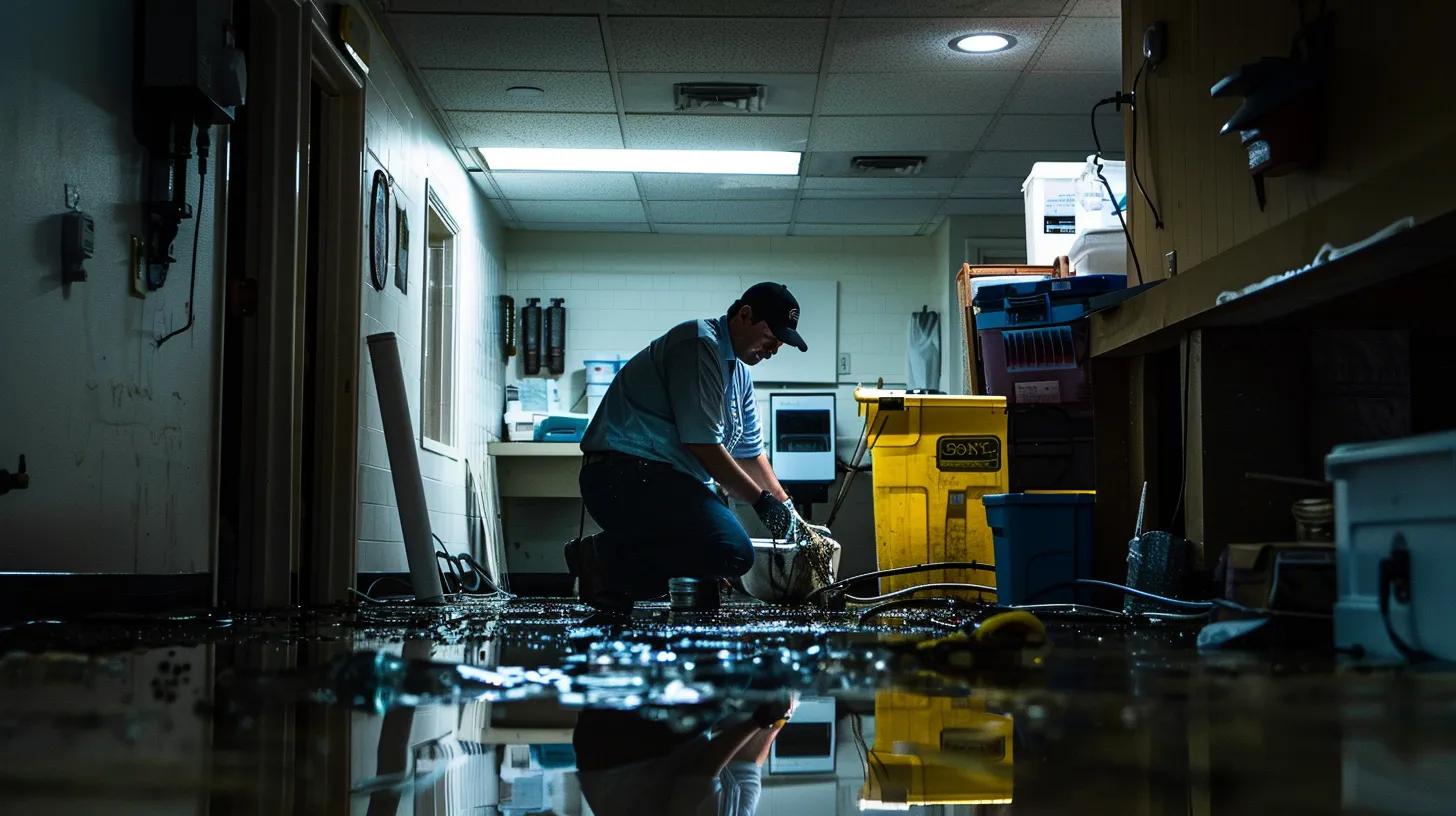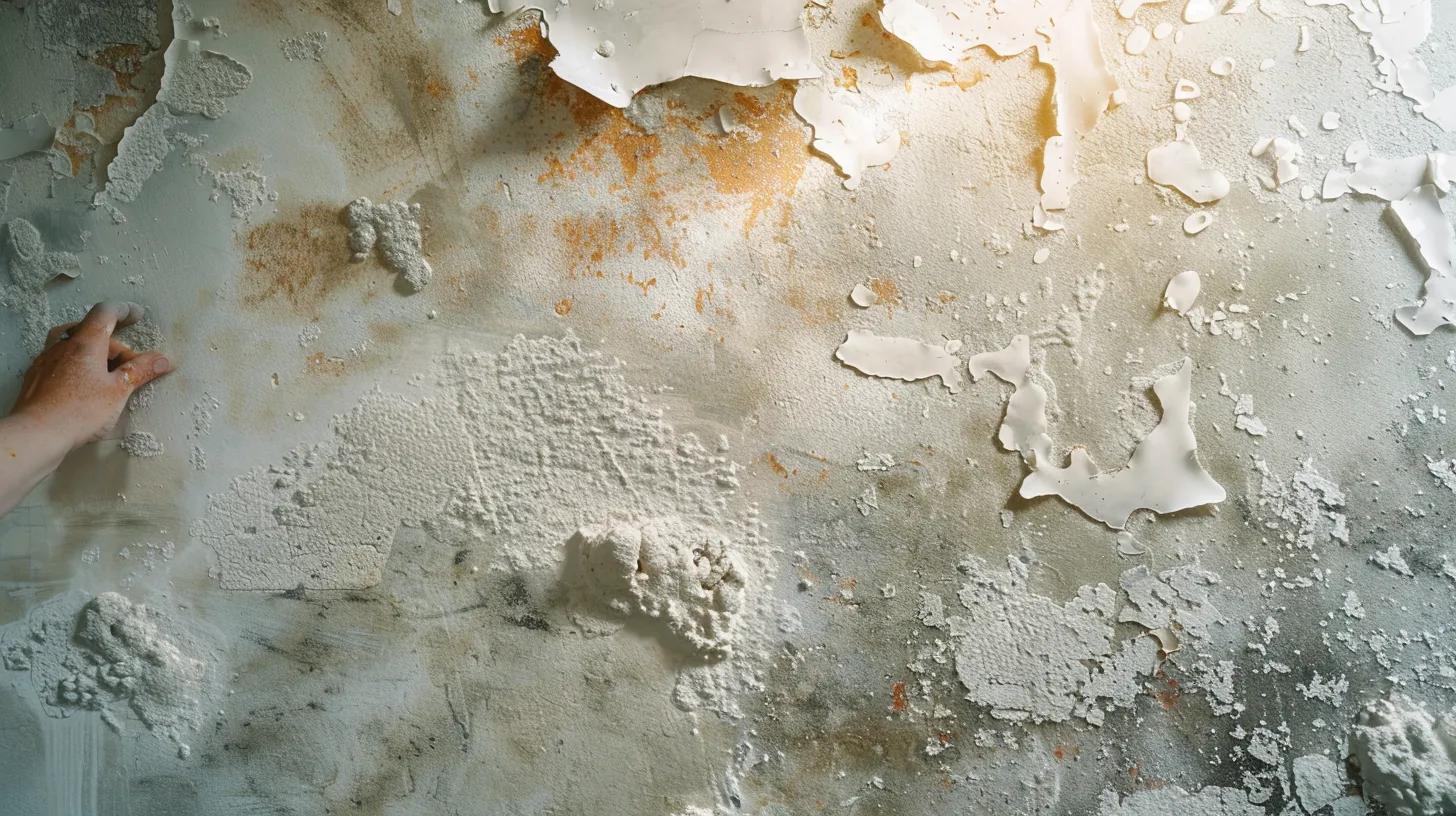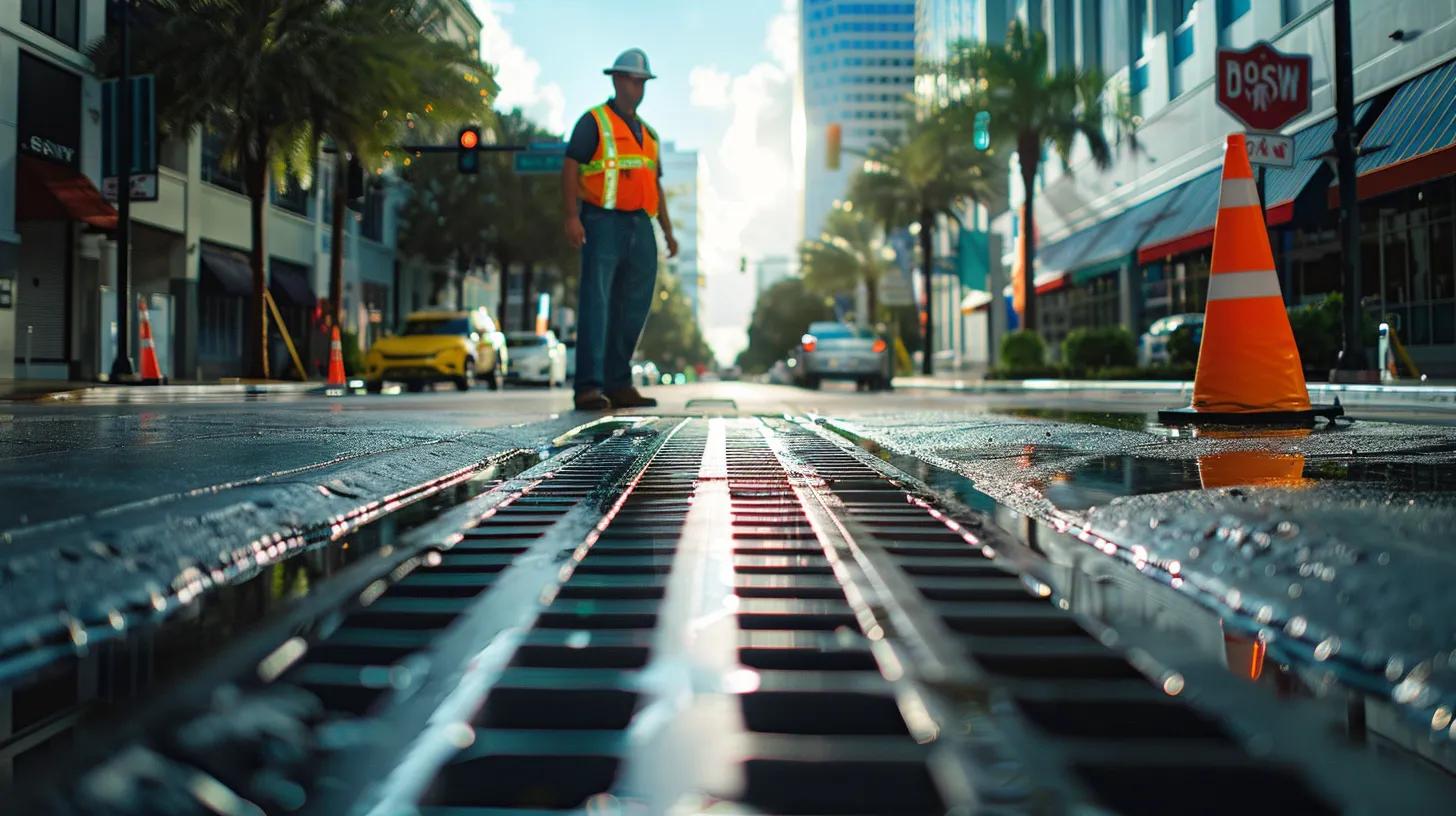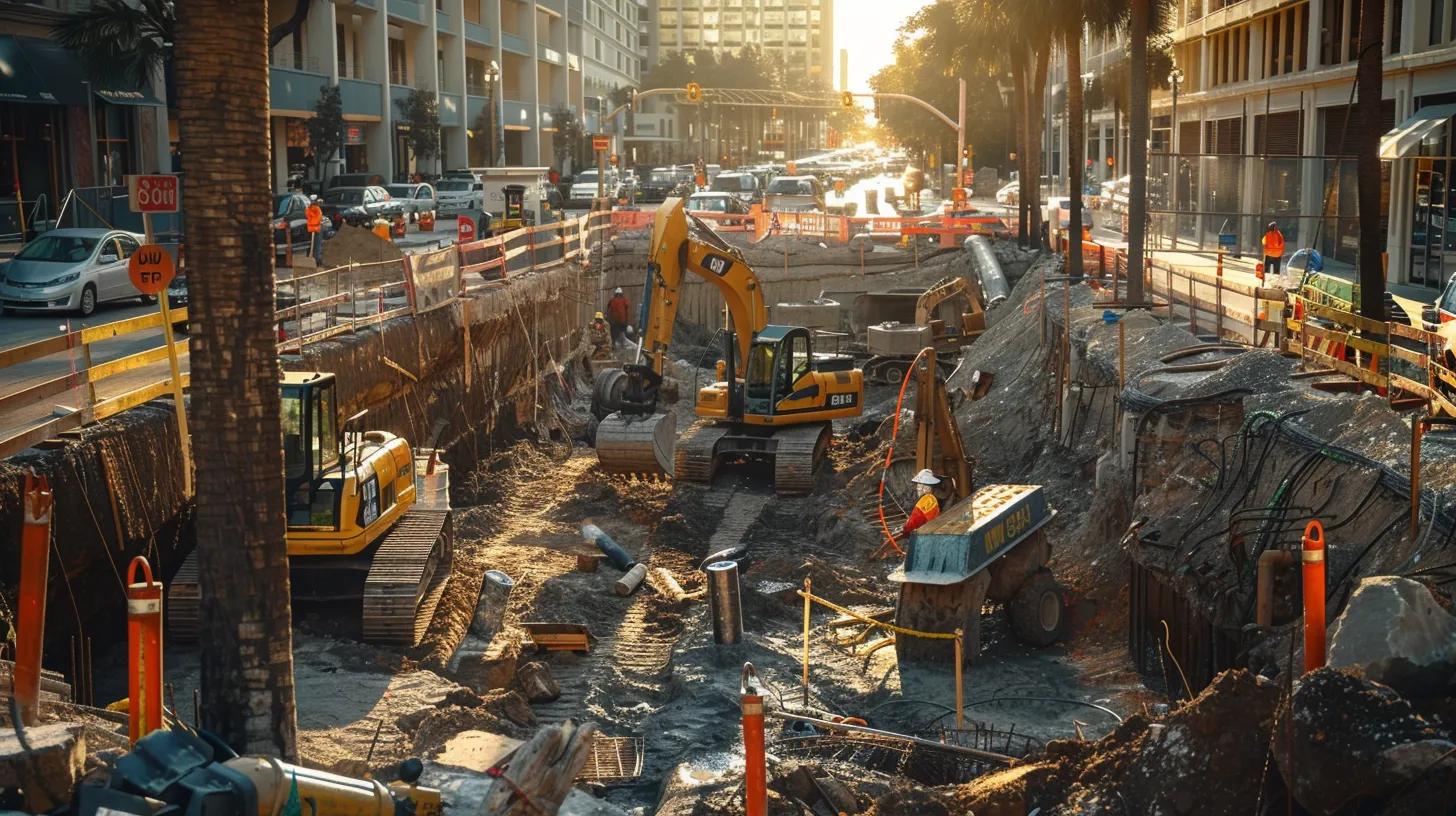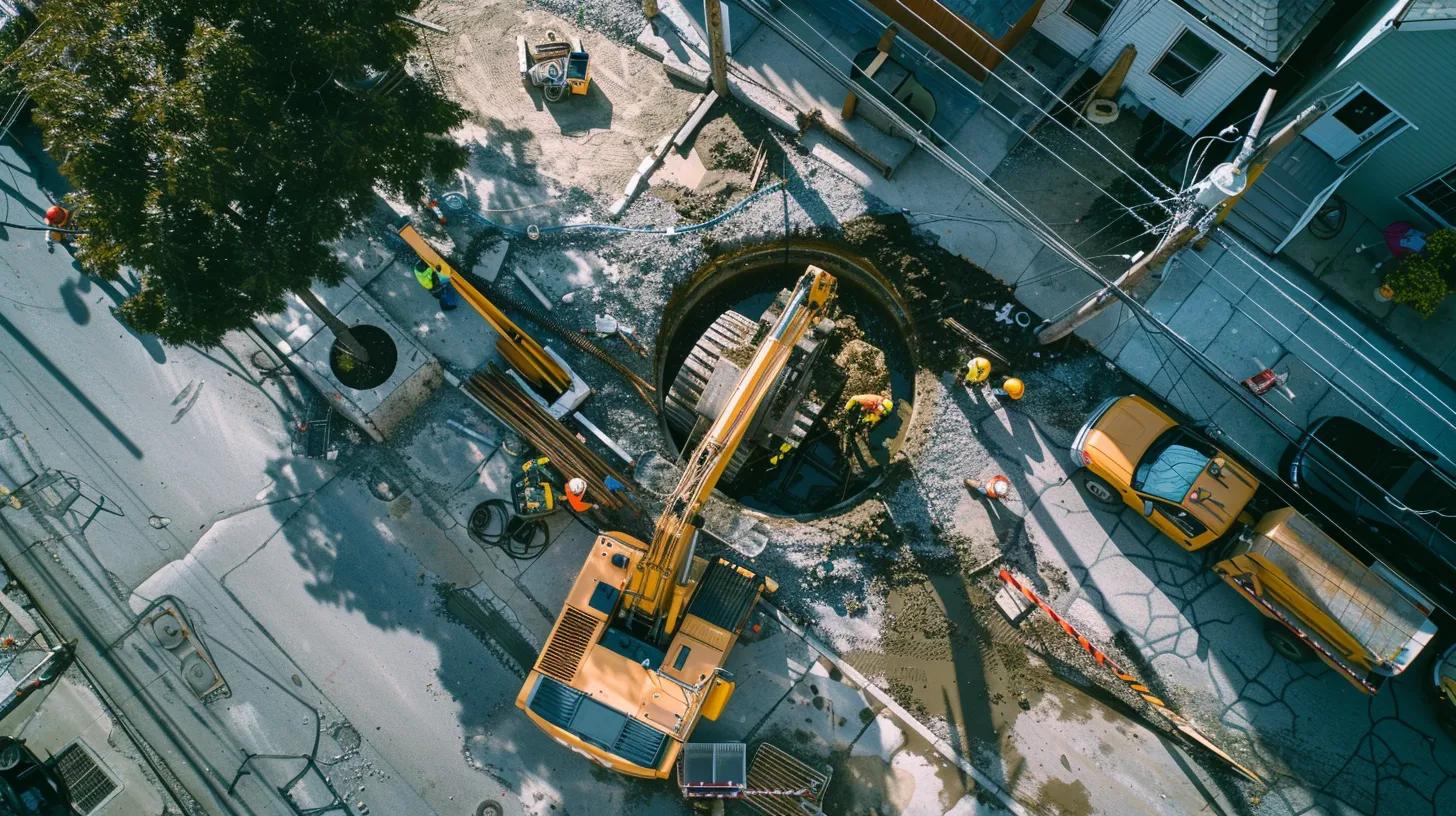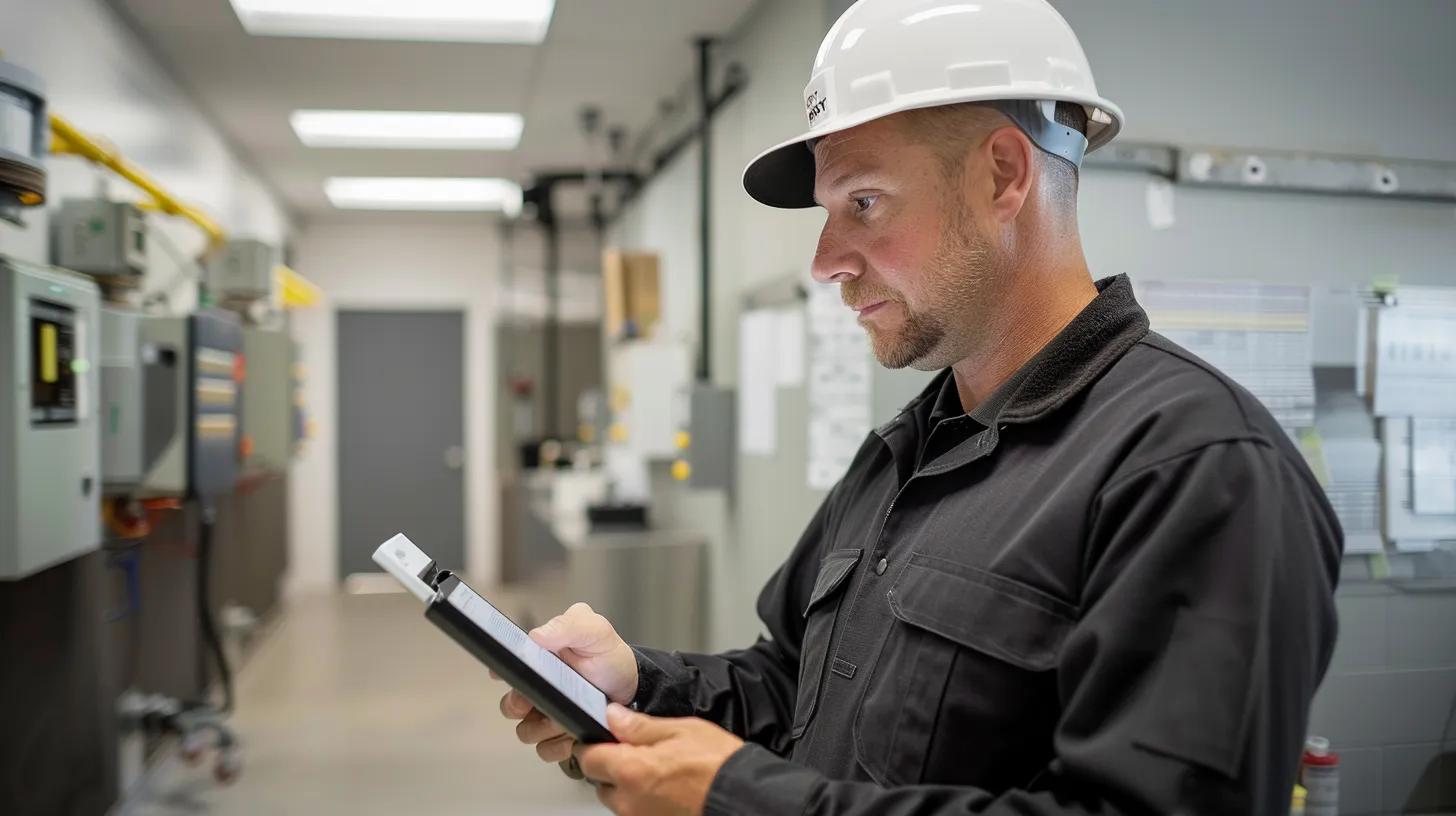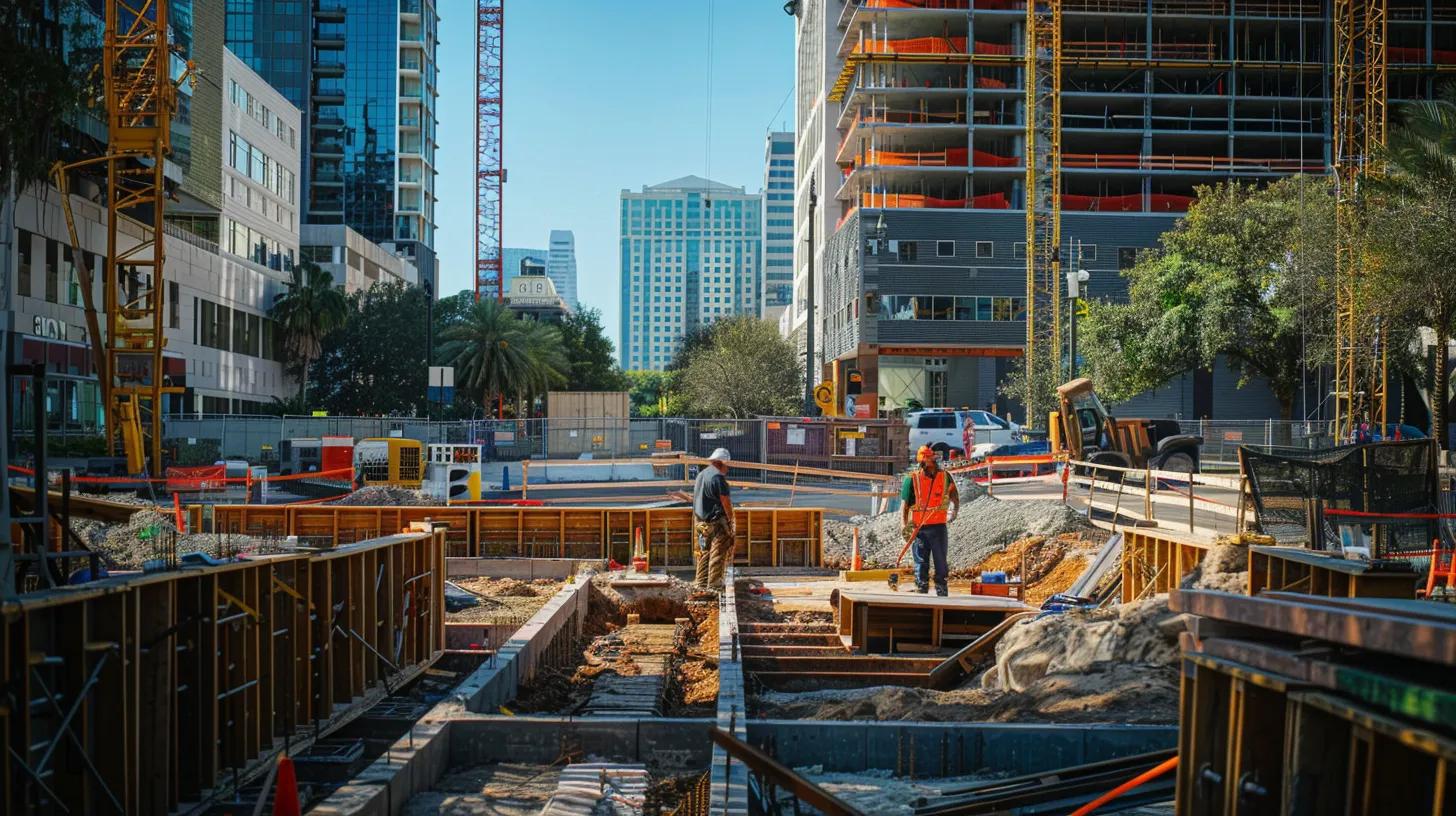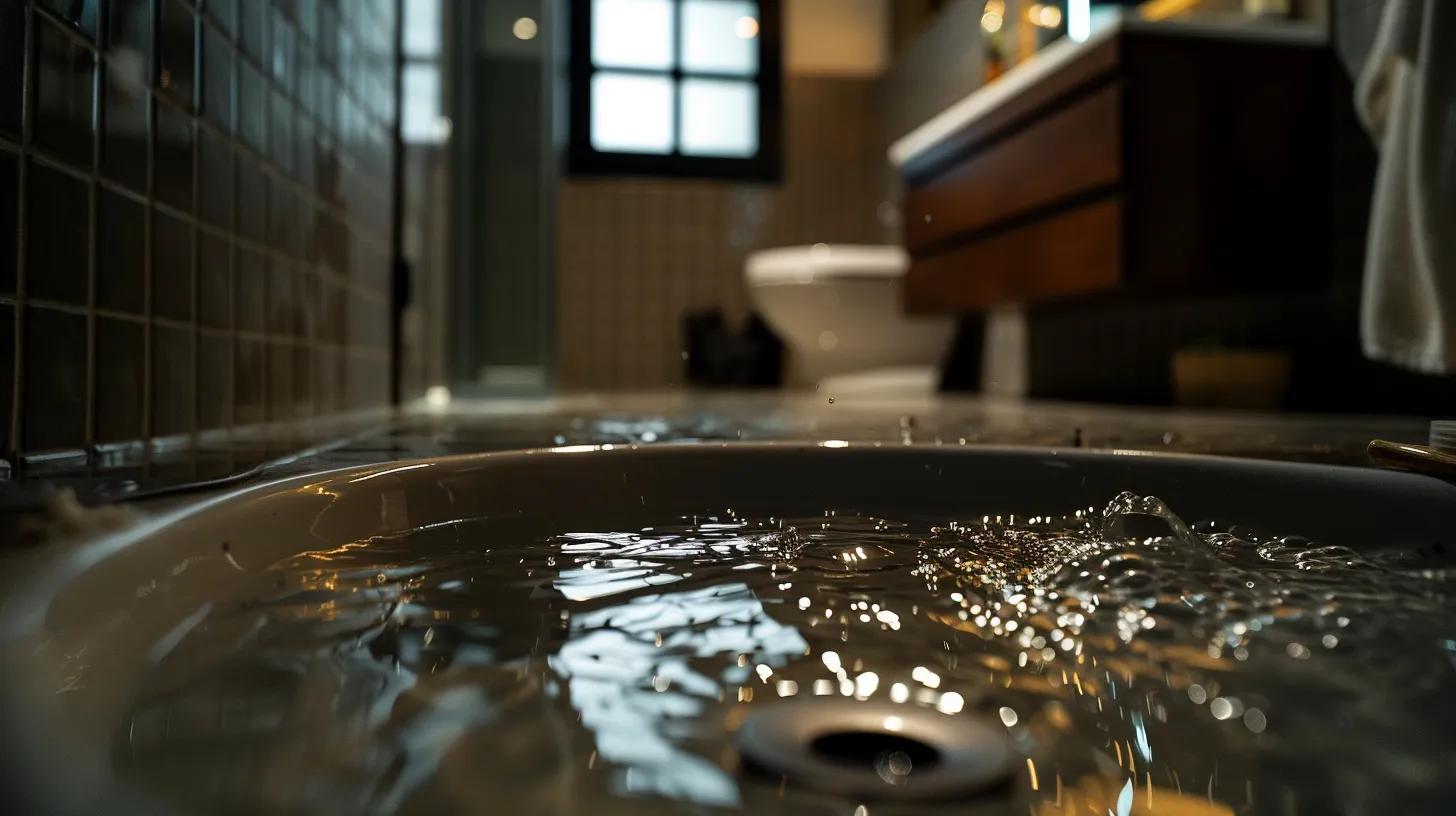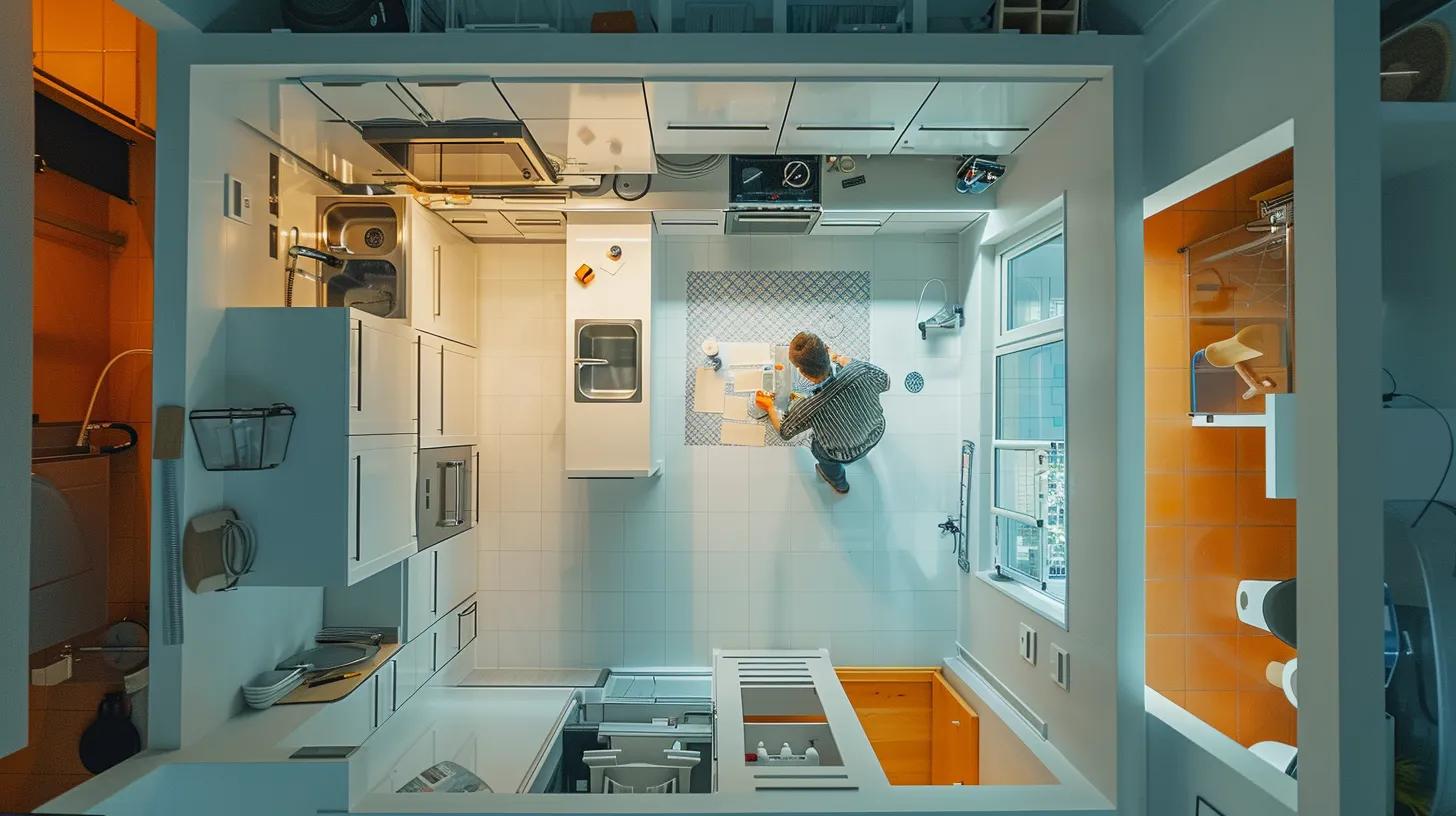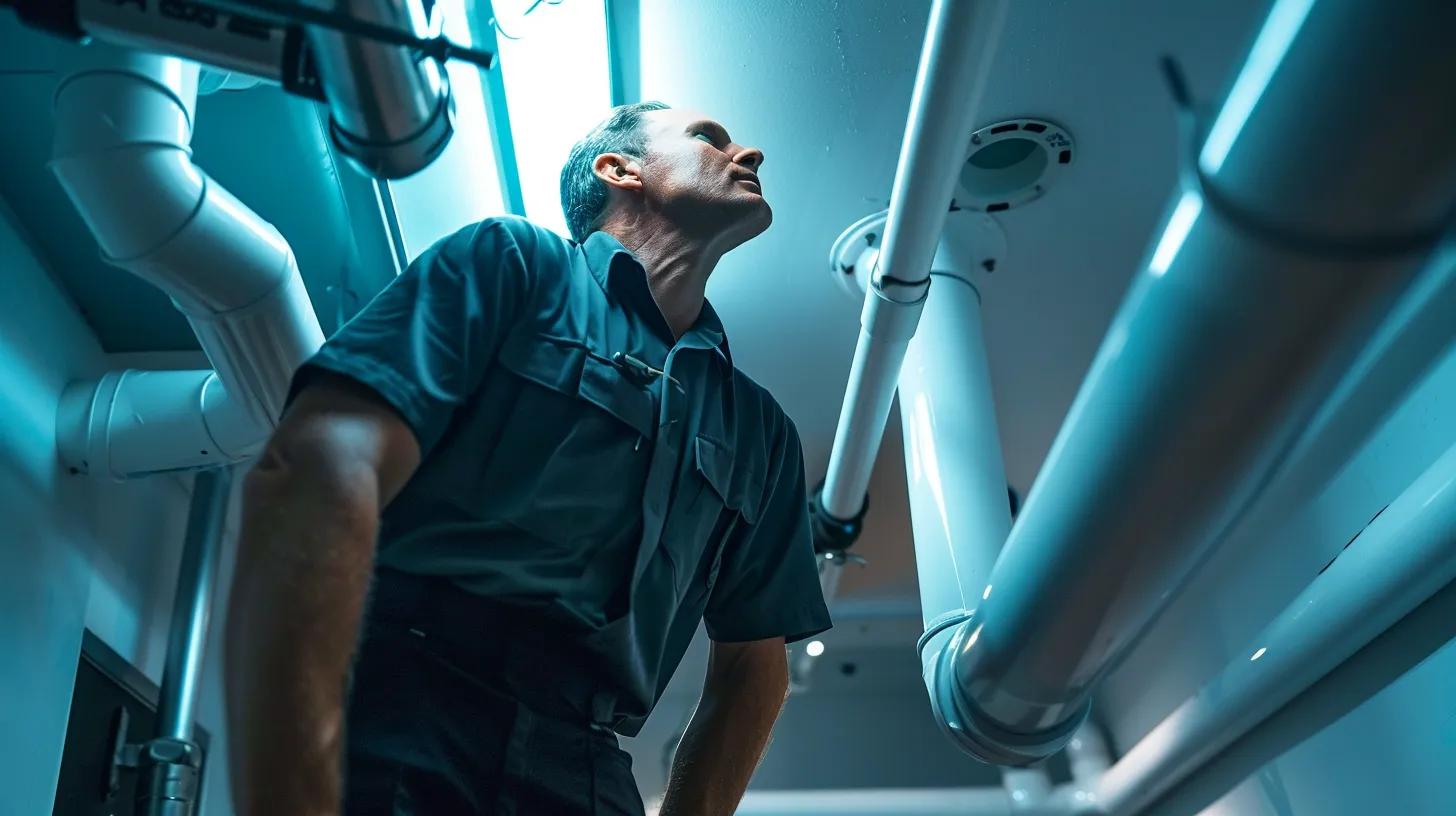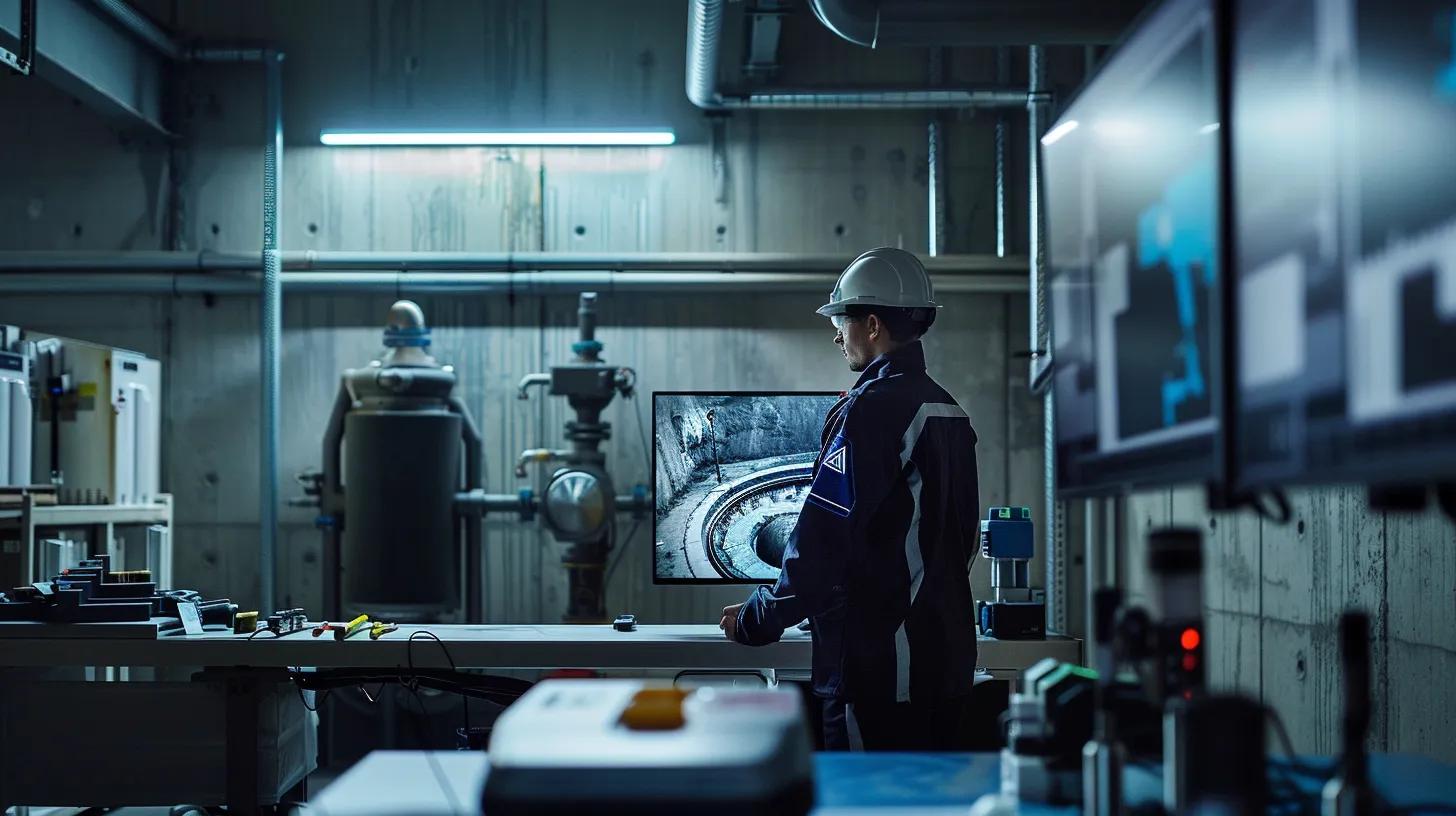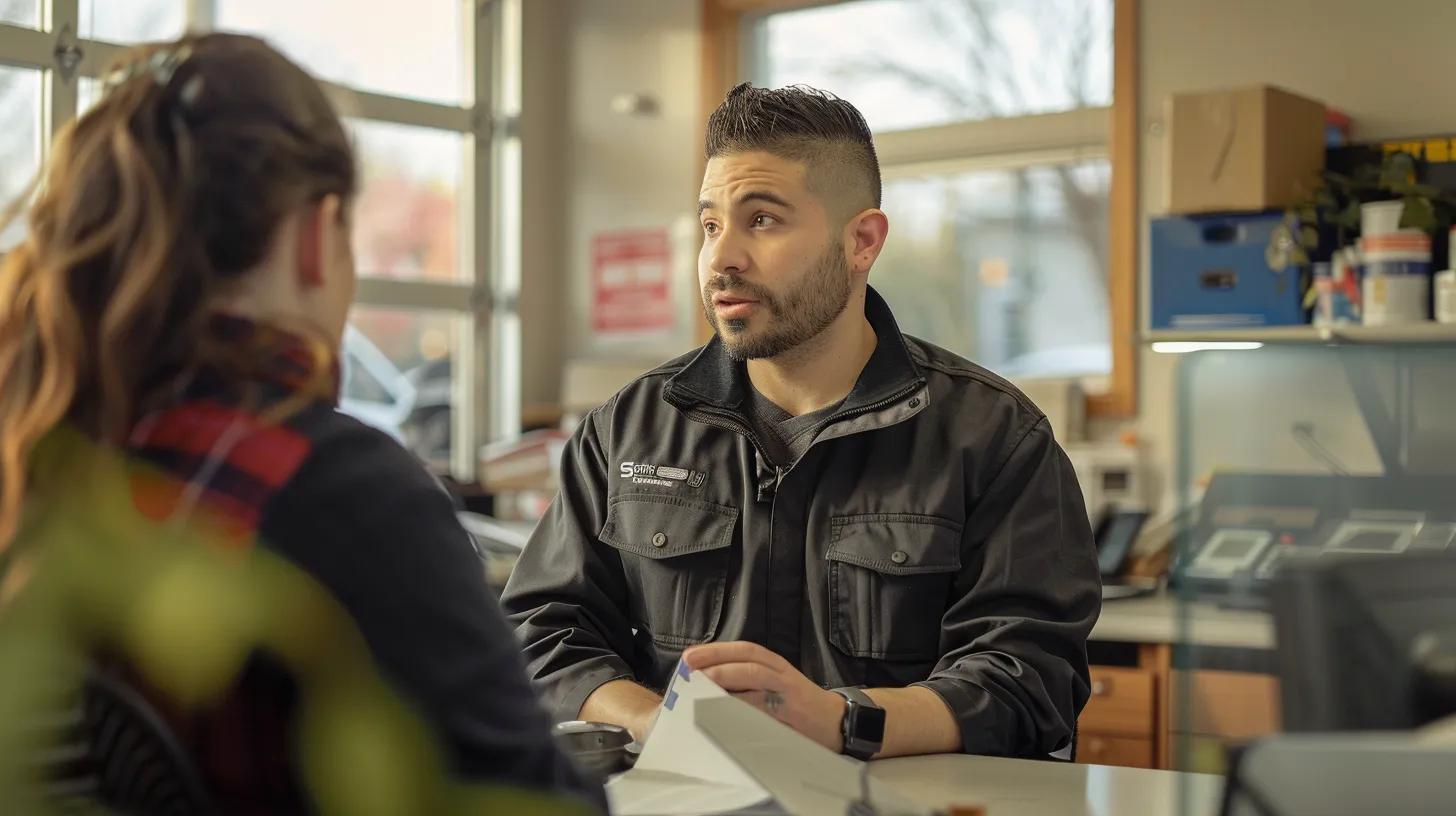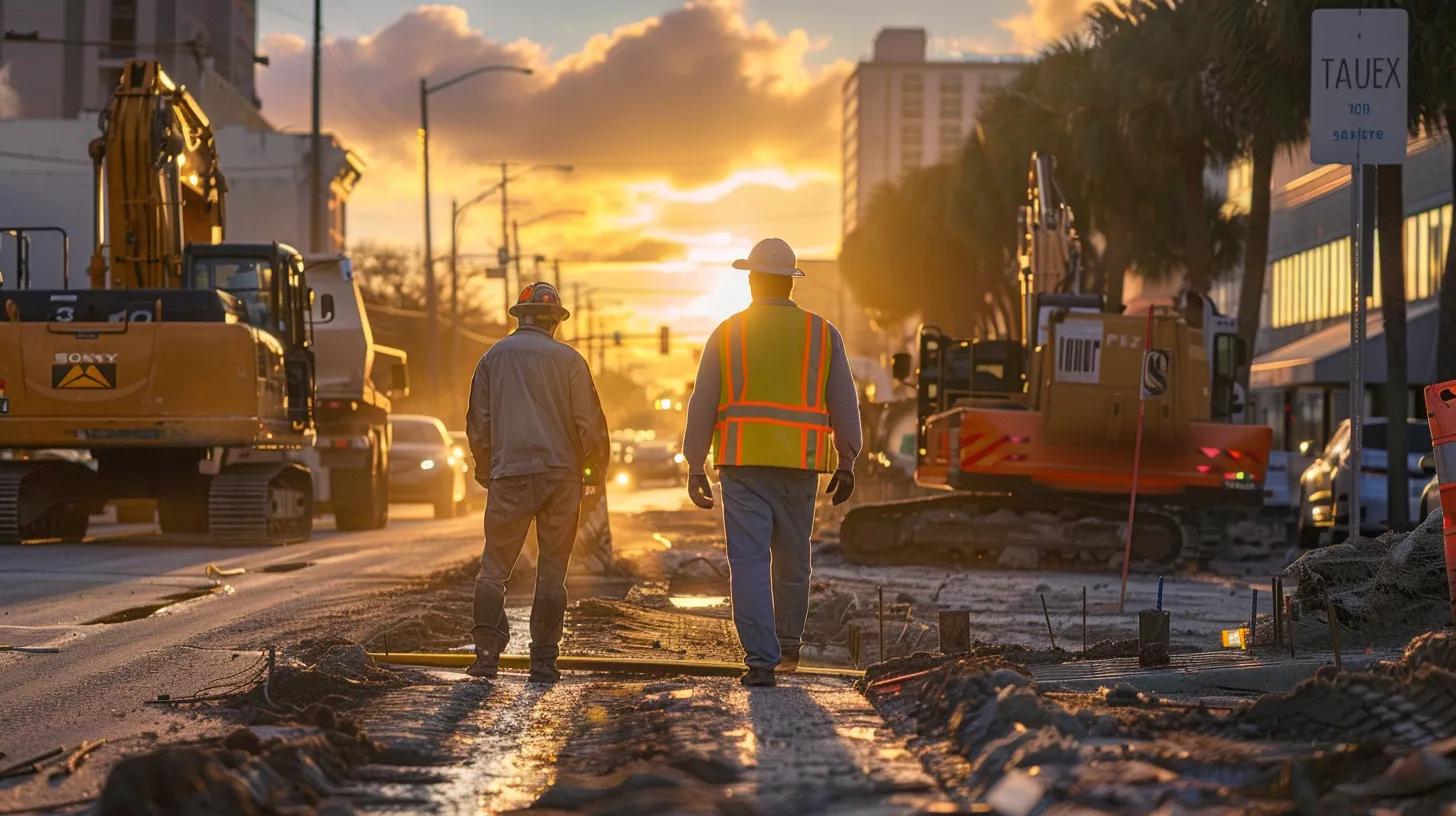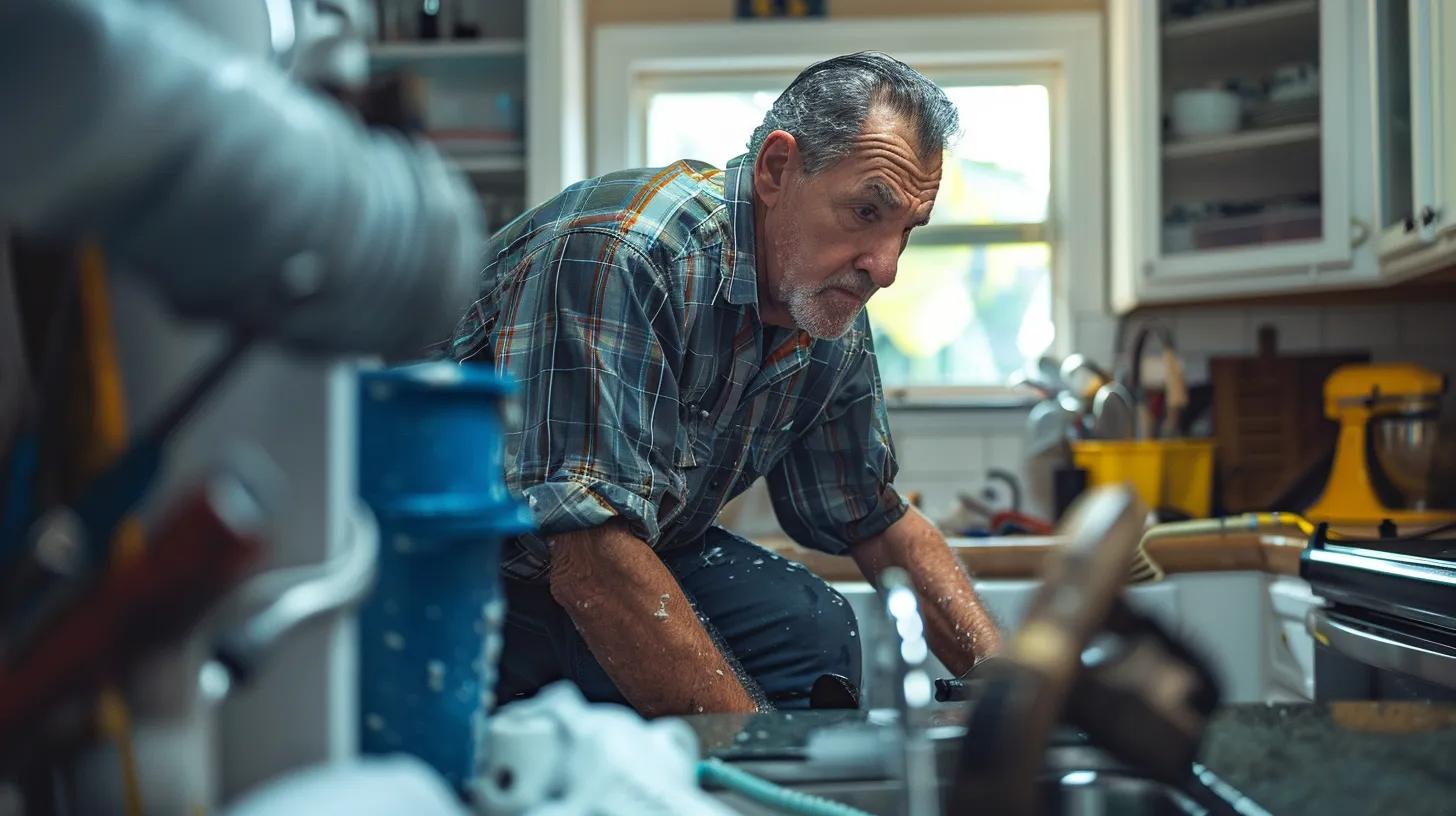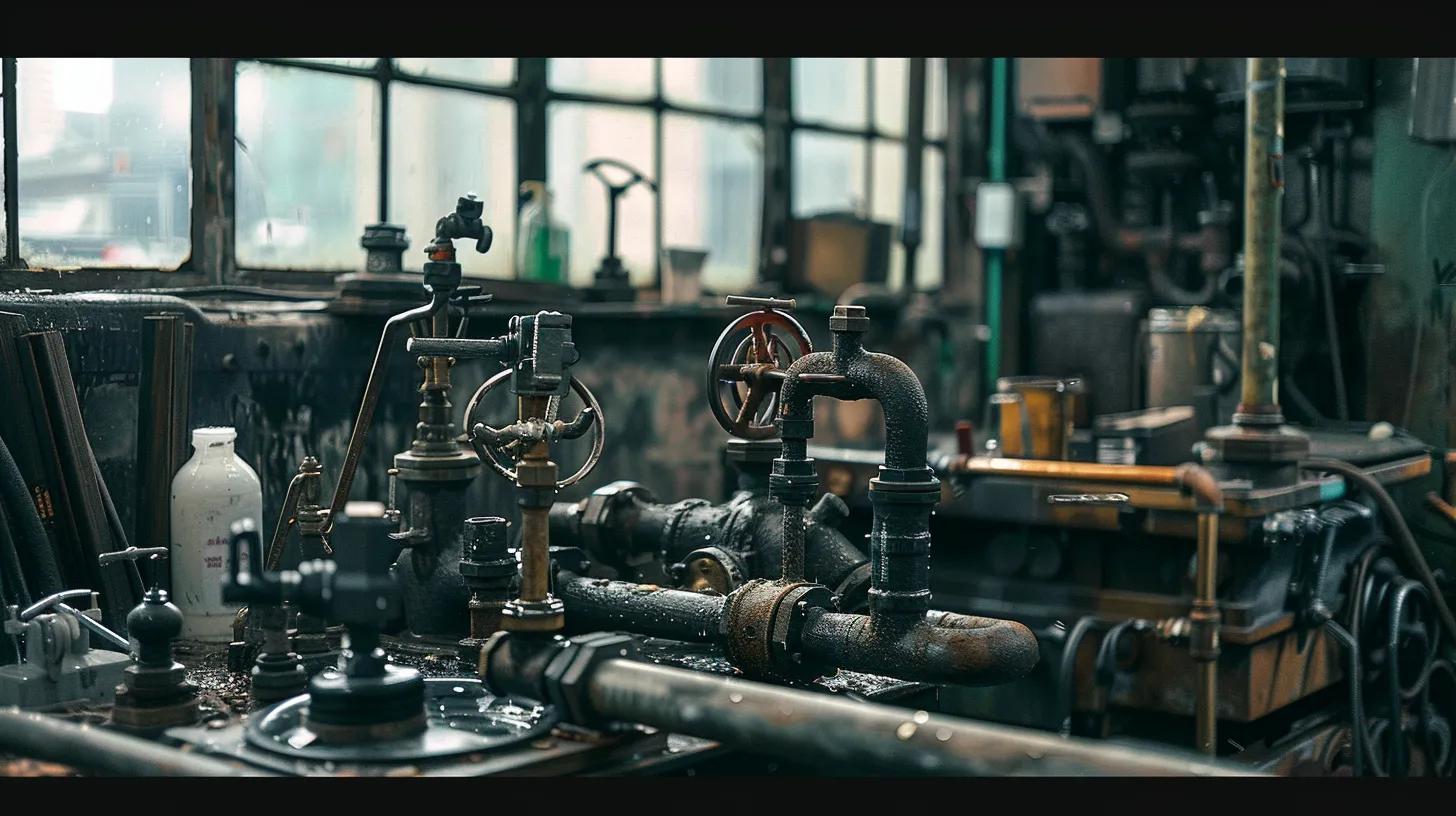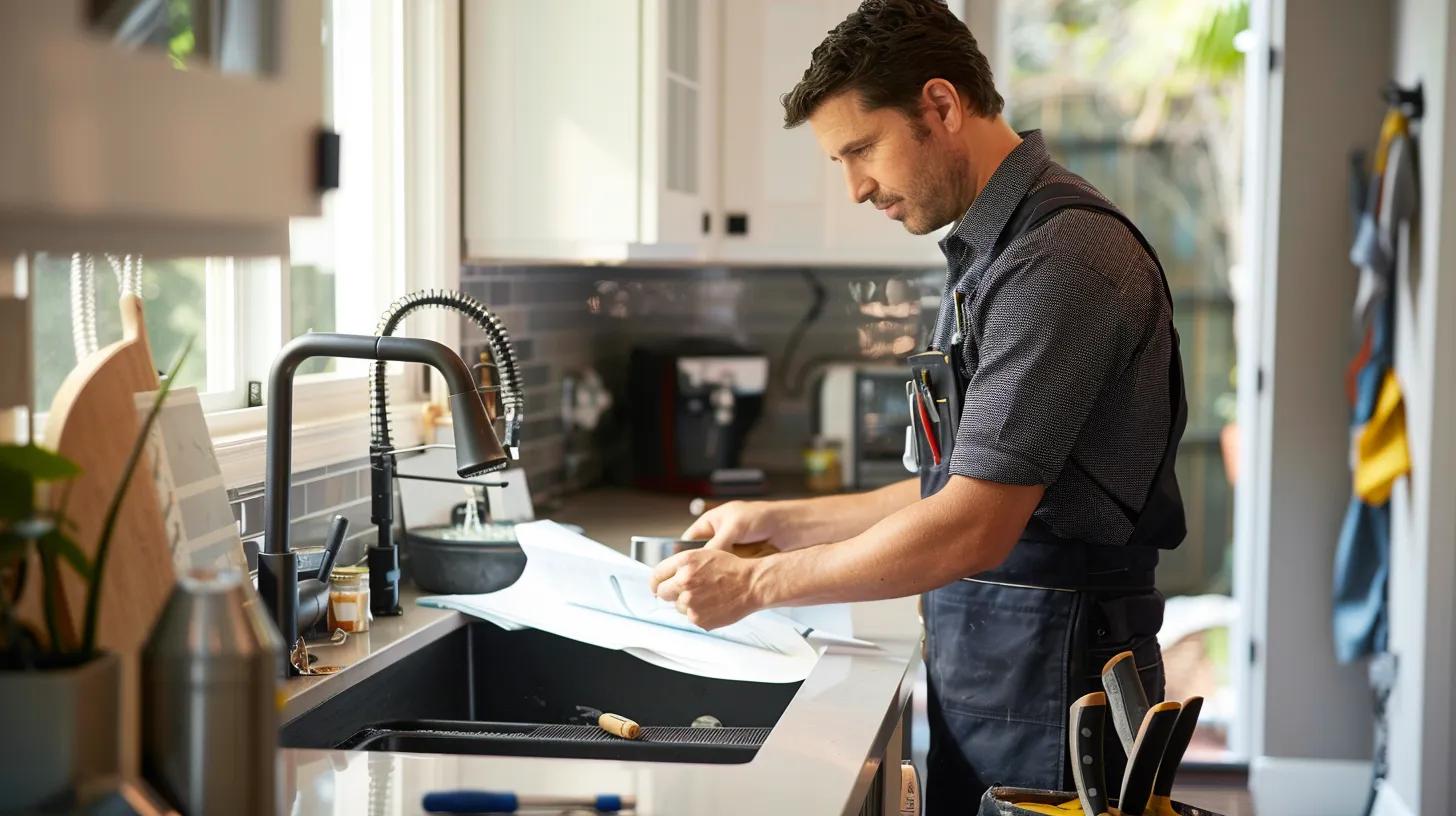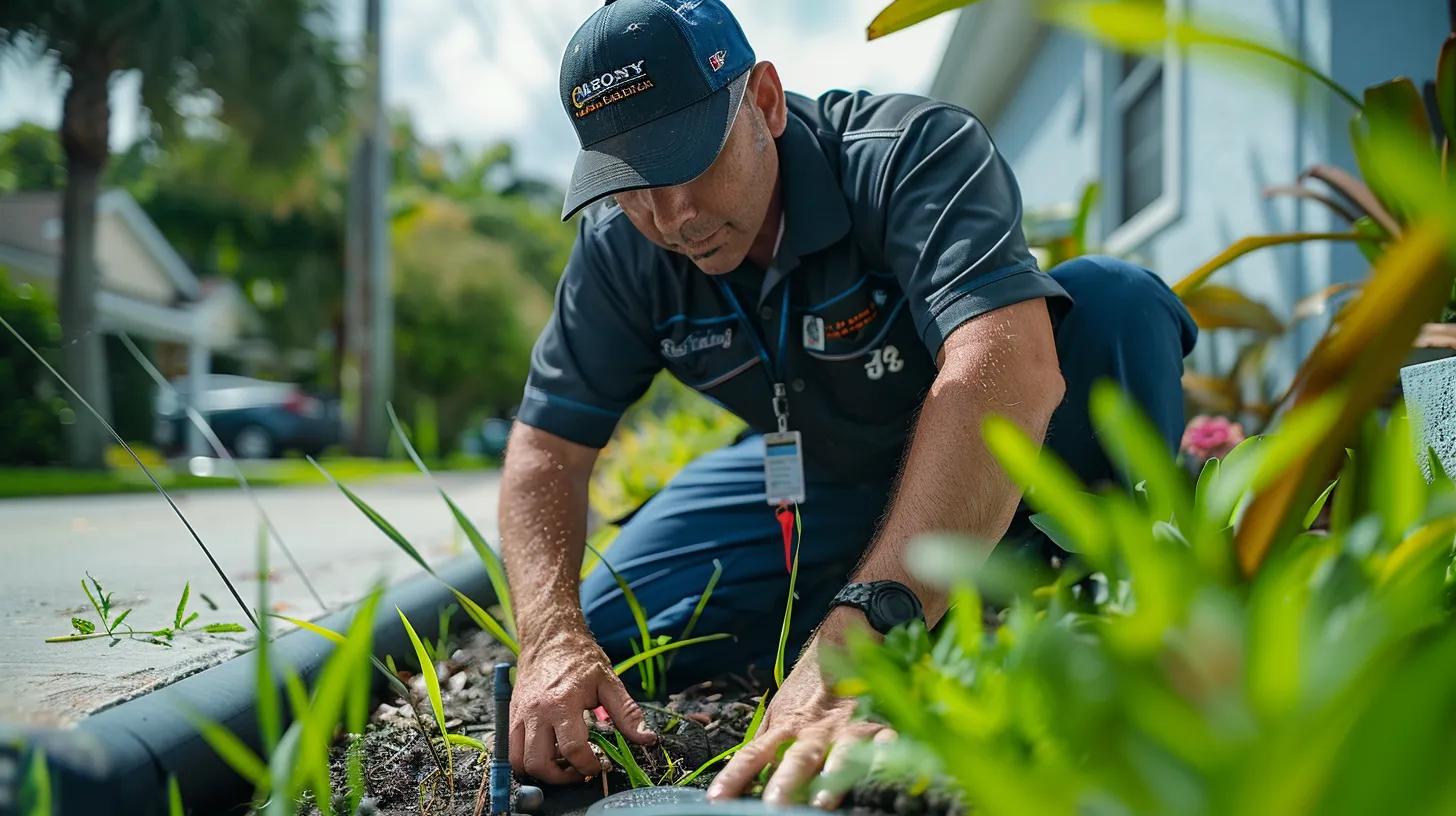Discover Effective Line Plumbing Solutions for My Home

Comprehensive Guide to Line Plumbing Services: Repair, Replacement, and Maintenance

A single leaking underground pipe can waste up to 3,000 gallons of water a year, harming property and inflating utility bills while undermining your plumbing line’s integrity. In this guide, you will learn what line plumbing is, how to detect hidden leaks, diagnose common failures, choose the right repair or replacement method, estimate costs, and maintain your system for long-term reliability. We’ll explore water, sewer, drain, and gas lines, review pipe materials from PEX to cast iron, compare trenchless technology with traditional excavation, and unveil professional service benefits and warranty options. By the end, you’ll have a clear roadmap to safeguard your property with expert line plumbing services.
What Is Line Plumbing and Why Is It Essential?
Line plumbing refers to the network of pipes and fittings—water supply, sewer, drain, and gas—that carry fluids throughout residential and commercial properties. This system ensures safe water delivery, efficient waste removal, and reliable gas flow, preventing structural damage and health hazards. For instance, a corroded sewer line under a driveway can trigger wastewater backups that compromise foundational soil stability.
What Are the Different Types of Plumbing Lines?
Before delving into service methods, it helps to distinguish each pipe network’s function and common location:
- Water Lines → convey potable water from the main supply into fixtures throughout the building.
- Sewer Lines → transport wastewater from interior drains to municipal systems or septic tanks.
- Drain Lines → channel wastewater from sinks and showers into the main sewer or septic connection.
- Gas Lines → deliver natural gas for heating and cooking appliances under regulated pressure.
These distinct systems work in concert to uphold hygiene, comfort, and safety while requiring tailored repair and maintenance strategies.
How Do Plumbing Lines Function in Residential and Commercial Properties?
Plumbing lines form hierarchical networks: main supply leads branch lines to fixtures, and drain networks converge toward the sewer. Commercial properties often feature larger-diameter pipes and increased pressure controls to meet high-volume demands. For example, a restaurant’s grease traps connect to drain lines designed for frequent heavy use, whereas a home’s sink branch remains simpler. Understanding these usage differences directs proper material choice, sizing, and service frequency.
What Are Common Plumbing Pipe Materials Used in Line Plumbing?
Selecting the right pipe material balances durability, cost, and application needs.
Review this comparison of popular options:
Each material carries trade-offs—PEX bends easily around obstacles, while copper offers decades of proven reliability—so choosing correctly maximizes performance and lifespan.
How Can You Detect and Diagnose Plumbing Line Issues?

Effective line plumbing services begin with precise leak detection and diagnostics to pinpoint hidden faults before they escalate into costly failures.
What Are the Signs of Water Line and Sewer Line Leaks?
Leaking water or sewer lines often manifest through subtle cues:
- Low water pressure or sudden pressure drops in fixtures.
- Unexplained spikes in water bills despite consistent usage.
- Soggy patches or sinkholes in landscaping above buried lines.
- Foul odors near drains or outdoor cleanouts.
These symptoms indicate compromised pipes that demand immediate inspection.
Which Leak Detection Technologies Are Most Effective?
Advanced providers employ multiple methods for accurate leak location:
- Acoustic detection devices that listen for underground water flow.
- Thermal imaging cameras to detect temperature anomalies in walls or floors.
- Video pipe inspection with remotely operated cameras inserted into lines.
Together, these techniques reduce guesswork and minimize invasive digging.
How Do Plumbers Use Camera Inspections for Line Diagnostics?
Video inspection begins with inserting a waterproof camera head into a cleanout access point. As the camera travels through the pipe, it records real-time footage of cracks, blockages, corrosion, and root intrusions. This process not only identifies the exact fault location but also informs whether a trenchless relining or full replacement is necessary, saving time and reducing property disruption.
What Are the Most Common Plumbing Line Problems and Their Causes?
Knowledge of typical failures helps prioritize preventive measures and plan targeted interventions.
What Causes Sewer Line Blockages and Damage?
Sewer line failures often stem from:
- Tree root intrusion that cracks and squeezes joints.
- Corrosion in older cast iron and galvanized steel pipes.
- Shifting soil or ground movement disrupting pipe alignment.
Addressing these root causes—literal and figurative—prevents recurring backups and structural settlement.
How Do Drain Lines Get Clogged and How to Identify Symptoms?
Drain lines clog when hair, grease, soap scum, and debris accumulate over time. Common signs include slow drainage in sinks or tubs, gurgling sounds after flushing toilets, and water backups from lower fixtures. Early cleaning interrupts blockages before they solidify into full-scale obstructions requiring excavation.
What Are Typical Causes of Water Line Breaks and Leaks?
Water line failures often arise from:
- Freezing temperatures causing pipe expansion and cracks.
- Corrosion in metallic pipes due to acidic water or stray electrical currents.
- Wear and tear from age, shifting soils, or excessive pressure fluctuations.
Regular inspections and pressure regulation mitigate these risks and extend service life.
What Are the Available Repair and Replacement Methods for Plumbing Lines?
Selecting the right method balances cost, downtime, and property impact.
How Does Trenchless Plumbing Repair Work?
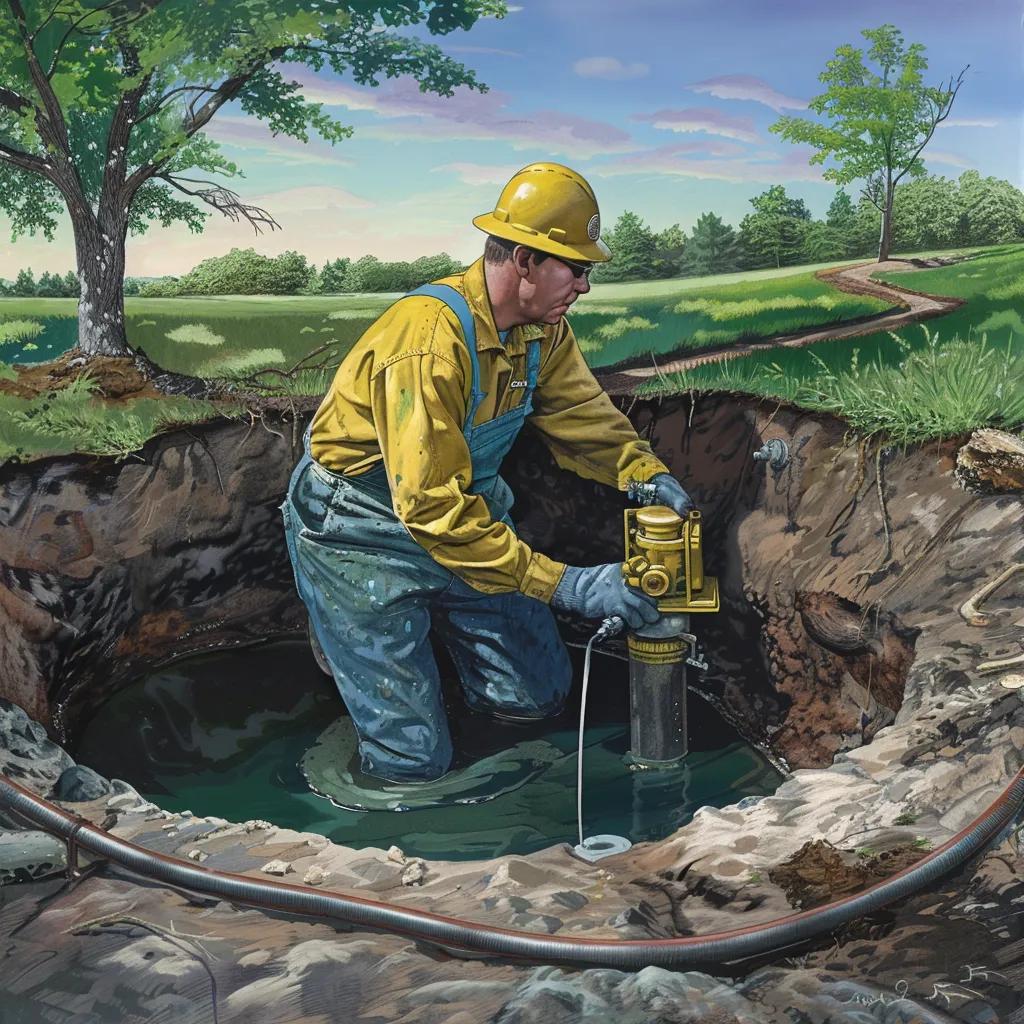
Trenchless techniques restore lines without full-scale excavation:
- Pipe relining inserts a resin-soaked liner that cures in place, creating a new inner pipe.
- Pipe bursting breaks the old pipe apart while simultaneously pulling a new pipe through the original bore.
These methods reduce landscape disruption, accelerate project timelines, and often offer extended warranties.
When Is Traditional Excavation Needed for Line Plumbing Repairs?
Conventional excavation remains necessary when:
- Pipe collapse or severe joint failure prevents liner insertion.
- Multiple misaligned offsets require complete realignment.
- Accessibility issues—such as under solid concrete slabs—demand open cutting.
Though more disruptive, excavation allows full replacement of irreparably damaged sections.
What Is the Step-by-Step Process for Water and Sewer Line Replacement?
A typical replacement sequence includes:
- Locate and expose the damaged pipe section via targeted trenching.
- Shut off service, drain and disconnect existing piping.
- Remove old pipe, inspect bedding and backfill stability.
- Install new pipe with proper slope, bedding material, and protective sleeves.
- Pressure test and inspect joints for leaks.
- Backfill trench and restore landscaping or pavement.
Following this methodical workflow ensures long-term reliability and code compliance.
How Do Repair Methods Vary by Pipe Material?
Repair options depend on material:
- PEX can often be repaired with push-fit couplings and localized patching.
- PVC liners bond well to resin for trenchless relining.
- Copper may require soldering or section replacements with compression fittings.
- Cast Iron often warrants full replacement or pipe bursting due to brittleness.
Matching techniques to materials prevents incompatible repairs and premature failures.
How Much Does Line Plumbing Service Cost and What Factors Affect Pricing?
Several variables influence overall expenses for line plumbing work.
What Is the Average Cost to Replace a Main Water Line?
Main water line replacement typically ranges from $2,000 to $6,000, depending on factors such as:
- Pipe length and diameter required.
- Material choice (PEX is less expensive than copper).
- Method (trenchless tends to cost 10–30% more per foot than open trench due to specialized equipment).
How Much Does Sewer Line Repair or Replacement Typically Cost?
Sewer line work often costs $3,000 to $8,000 for full replacement, with factors including:
- Accessibility (depth and obstructions).
- Extent of damage (spot repair vs. full-length replacement).
- Permitting and restoration requirements.
Spot repairs via trenchless relining may start around $1,500 for limited sections.
How Do Repair Methods Influence Overall Plumbing Line Service Costs?
Repair method impacts cost in three ways:
- Labor intensity: traditional excavation demands more manpower and time.
- Restoration needs: landscaping or concrete replacement adds to total expense.
- Equipment and materials: trenchless liners and bursting tools carry premium pricing.
Balancing these considerations yields the optimal cost-to-benefit ratio for your specific situation.
How Can You Maintain Plumbing Lines to Prevent Future Issues?
Proactive upkeep extends pipe lifespan and reduces emergency repairs.
What Are Best Practices for Plumbing Line Maintenance?
Regular maintenance includes:
- Annual video camera inspections to catch early defects.
- Routine drain cleaning with enzymatic or mechanical methods.
- Pressure regulation checks to avoid pipe stress.
- Root barrier treatments near sewer lines in landscaped areas.
These preventive actions forestall blockages, corrosion, and structural damage.
How Often Should Plumbing Lines Be Inspected or Replaced?
Inspection intervals and replacement timelines vary by material:
- PEX and PVC: camera inspection every 3–5 years, replacement after 50–70 years.
- Copper: inspect every 5 years, consider replacement after 60–80 years.
- Cast Iron: inspect every 2–3 years, replacement often needed after 40–60 years.
Timely assessments ensure small issues don’t become major failures.
What DIY Tips Can Homeowners Use to Protect Their Plumbing Lines?
Simple homeowner techniques include:
- Avoid pouring grease or heavy debris down drains.
- Install drain strainers to catch hair and solids.
- Insulate exposed pipes in unheated areas to prevent freezing.
- Flush drains monthly with hot water and baking soda to maintain flow.
These practices complement professional services and reinforce system health.
Why Choose Professional Line Plumbing Services and What Warranty Options Are Available?
Expert support delivers precision, speed, and peace of mind when plumbing lines fail.
What Are the Benefits of Hiring Expert Plumbers for Line Plumbing?
Professional plumbers bring:
- Specialized leak detection technology for non-invasive diagnostics.
- Certified training to handle gas and water line codes safely.
- Rapid emergency response for critical breaks and blockages.
- Access to premium materials and proprietary trenchless methods.
Their expertise reduces repair times, prevents collateral damage, and upholds local code compliance.
How Do Plumbing Line Warranties and Service Plans Work?
Many providers offer:
- Labor and parts warranties on pipe relining and bursting services, often 5–25 years.
- Service line protection plans covering interior and exterior lines for a flat monthly fee.
- Emergency repair packages guaranteeing priority response and discounted labor rates.
These plans shift repair risk from property owners to plumbing specialists, ensuring reliable coverage.
What Emergency Line Plumbing Services Are Offered?
Emergency services typically include:
- 24/7 leak response for burst water or gas lines.
- Rapid sewer backup cleanup and odor control.
- Temporary bypass installations to restore water supply within hours.
Fast action prevents water damage, mold growth, and safety hazards, reinforcing trust in professional support.
Line plumbing services—from precision diagnostics to advanced trenchless repairs—ensure your property’s water, sewer, drain, and gas systems operate reliably and safely. Proactive maintenance and strategic material choices prevent costly failures, while professional support and warranty programs protect your investment. With a comprehensive understanding of line plumbing mechanisms, materials, costs, and methods, you can make informed decisions that optimize performance and peace of mind.


